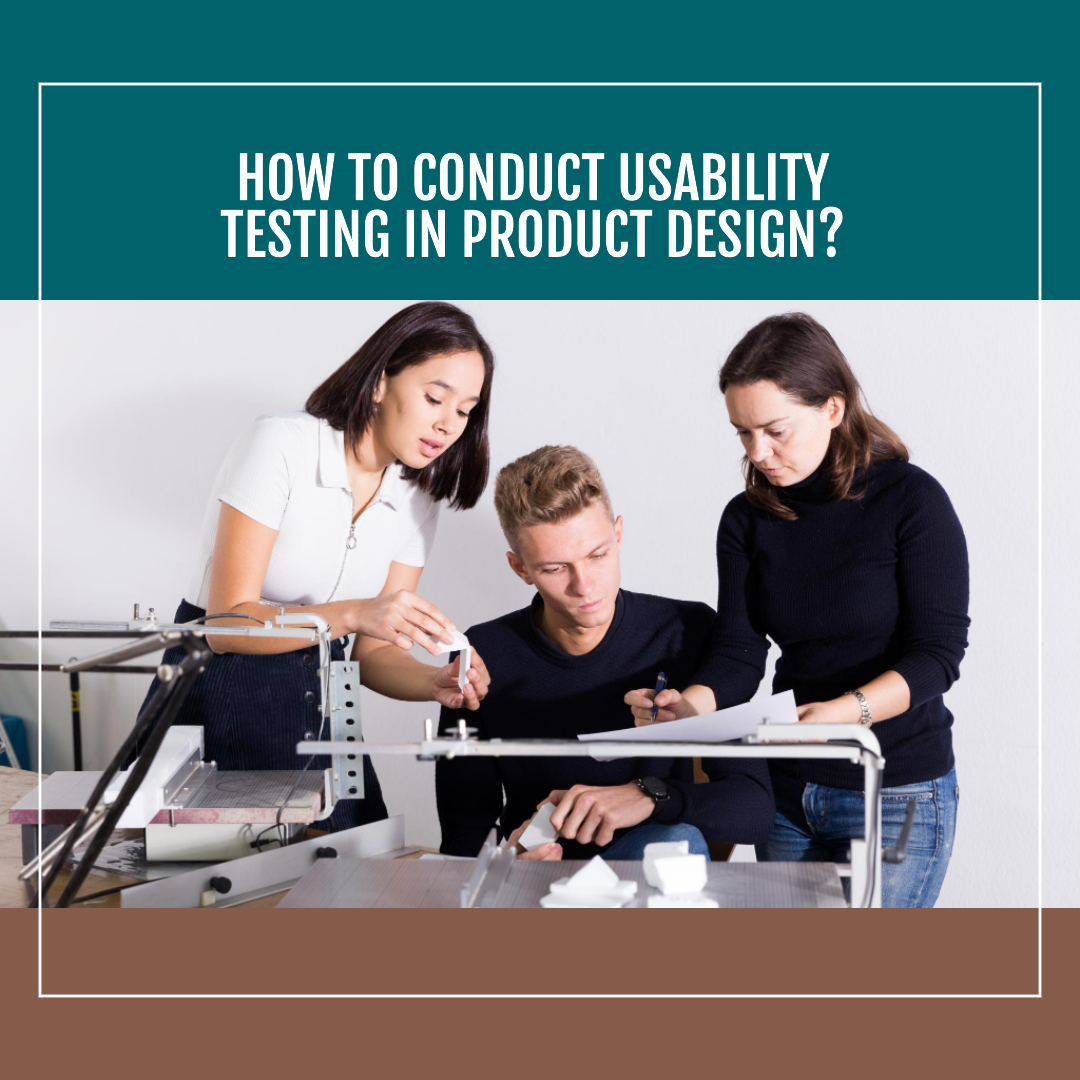How to conduct usability testing in product design?
Usability testing is a user research method used to evaluate how easy and efficient it is for users to complete specific tasks with a product. It is an important part of the product design process, as it helps to identify usability problems early on and to make necessary improvements before the product is launched.
There are a number of different ways to conduct usability testing, but the basic steps are the same:
- Recruit participants: The first step is to recruit participants for the usability test. The participants should be representative of the target users of the product.
- Prepare the test: The next step is to prepare the test. This includes developing a test plan, creating tasks for the participants to complete, and setting up the test environment.
- Conduct the test: Once the test is prepared, it is time to conduct the test. This involves having the participants complete the tasks that you have developed and observing their interactions with the product.
- Analyze the results: Once the test is complete, it is time to analyze the results. This involves identifying the usability problems that were found and making recommendations for improvement.
Here are some tips for conducting effective usability testing:
- Focus on specific tasks: When conducting usability testing, it is important to focus on specific tasks that you want the participants to complete. This will help you to gather more focused and actionable feedback.
- Use a small number of participants: You do not need a large number of participants to conduct effective usability testing. A small number of participants (5-10) is typically sufficient to identify the most common usability problems.
- Be objective: When observing the participants, it is important to be objective. Avoid making judgments about the participants or their abilities. Instead, focus on observing their interactions with the product and identifying any areas where they are struggling.
- Ask open-ended questions: When asking the participants questions, it is important to ask open-ended questions. This will help you to gather more detailed and insightful feedback.
- Take notes: It is important to take notes during the usability test. This will help you to remember the participants’ interactions with the product and to identify any usability problems that you may have missed.
Here are some examples of usability testing tasks:
- Sign up for a new account:
- Task: Create a new account on the website.
- Success criteria: The participant is able to create a new account without any errors.
- Find a specific product:
- Task: Find a specific product on the website.
- Success criteria: The participant is able to find the specific product without any errors.
- Add a product to the cart and checkout:
- Task: Add a product to the cart and checkout.
- Success criteria: The participant is able to add a product to the cart and checkout without any errors.
Once you have completed the usability test, you can analyze the results to identify the usability problems that were found and to make recommendations for improvement. You can also use the results of the usability test to prioritize the development of new features and to improve the existing features of your product.
Usability testing is an important part of the product design process. By conducting usability testing early on, you can identify usability problems and make necessary improvements before the product is launched. This will help to create a product that is easy and efficient for users to use.








